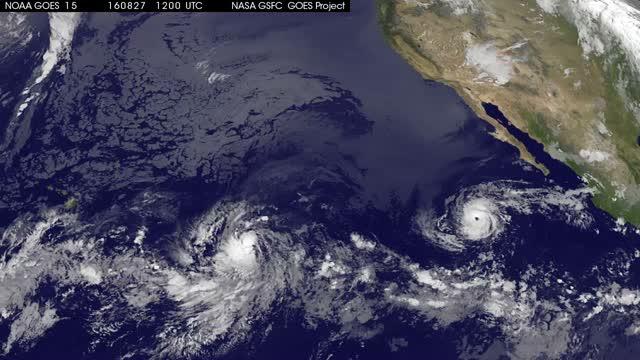Collaborating with national climate and weather agencies: a guide to getting started

Red Cross and Red Crescent National Societies can benefit from establishing direct collaboration with the national agencies responsible for providing meteorological and hydrological services – here is a description of how to proceed, and some do’s and don’ts.
Climate change is requiring Red Cross Red Crescent National Societies to integrate considerations about increasing risks and vulnerabilities into their preparedness and resilience programming. The Climate Centre’s guidance provides a foundation for partnerships with National Meteorological and Hydrological Services (NMHS) to enhance National Societies' (NS) capacity to undertake “climate-smart” measures.
This resource is composed of four sections. Section 1 explores the humanitarian benefits of NMHS and NS collaboration. These partnerships can provide critical information on vulnerability, exposure, and capacity, equipping National Societies with the tools to inform their preparedness and response activities.

The next section underscores the responsibilities of national climate and weather agencies and points of intersections with the IFRC mandate. It also emphasizes that these agencies are not a monolith, with major differences in their operations and services, and understanding this is key for National Societies to determine their own responsibilities and potential avenues of collaboration.
Section 3 dives into the complexities of engaging with NMHS and includes recommendations for National Societies on how to think about collaboration. There are three levels of collaboration that a NS can pursue: (1) aiming to better understand and interpret available forecast products, (2) accessing and utilizing NMHS products, including specialized ones that are shared with trusted partners to enable early action, and (3) helping co-create warning messages and improving NMHS products once the collaboration has a solid foundation. The resource also highlights a few challenges including difficulties in understanding sector-specific technical language and NS difficulties in communicating needs to NMHS.
The last section provides guidance for facilitating the initial dialogue and includes a series of questions to provide the framing. The questions are broadly grouped as follows: internal questions to ask before approaching NMHS, questions not to ask NMHS, potential questions to ask NMHS, and questions to consider before proposing more formal agreements.
The document concludes with an annex that provides suggestions about how to formalize a sustainable partnership through a Memorandum of Understanding. This written agreement articulates how both parties will collaborate to advance shared objectives.
